The Evolution of Big Trash Animals by Bordalo II
Bordalo II’s Big Trash Animals series is a breathtaking display of creativity and artistry. This exceptional collection of sculptures features a mesmerising array of creatures, each exclusively fashioned from discarded waste materials. The sculptures are constructed using plastic waste, a poignant reminder of the destructive impact of waste production and environmental pollution on our planet’s wildlife. These awe-inspiring sculptures are a testament to the power of artistic expression in bringing attention to critical environmental issues.
Although the first synthetic plastic, Bakelite, was invented in 1907, the plastic industry underwent an unprecedented expansion in the 1950s. In the following 70 years, the production of plastics increased by almost 230 times, reaching a shocking 460 million tonnes in 2019. Since the 1950s, the world has generated 9.5 billion tonnes of plastic, and only 9% of the 5800 million tonnes of primary plastic no longer in use have been recycled. Consequently, plastic waste is found in landfills, incinerated, or in the ocean, posing a significant threat to our environment and wildlife.
The harmful effects of plastic waste on wildlife can be categorised into three primary ways. Firstly, entanglement occurs when marine creatures become trapped, encircled, or restricted by plastic waste, leading to severe injuries, suffocation, and even death. Secondly, ingestion happens when animals accidentally or intentionally consume plastic or indirectly ingest it by preying on species that contain plastic. This can result in blockages, internal injuries, and starvation. Lastly, interaction refers to the collision, obstruction, abrasion, or use of plastic as a substrate, which can hinder an animal’s ability to move, breathe, or feed.
The Big Trash Animals series initially focused on the Neutral subseries, which involves the artist using waste materials and paint to make the sculptures look realistic. This shows his dedication to raising awareness about the effects of plastic waste on our environment and the wildlife that inhabits it.
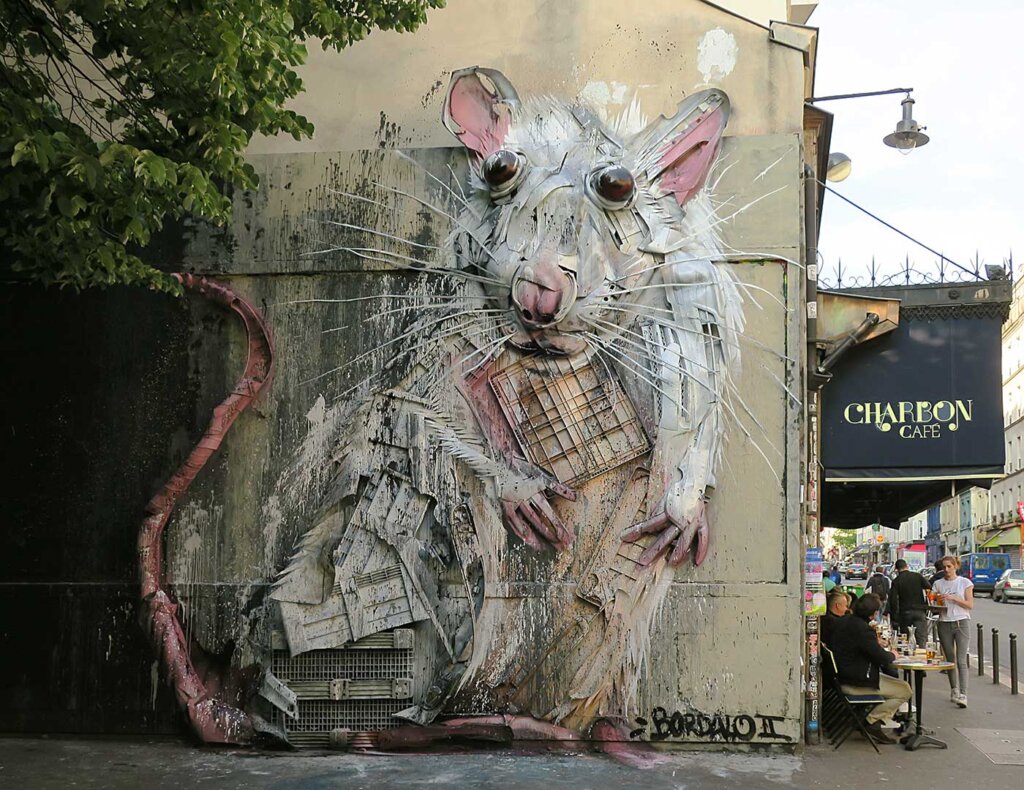
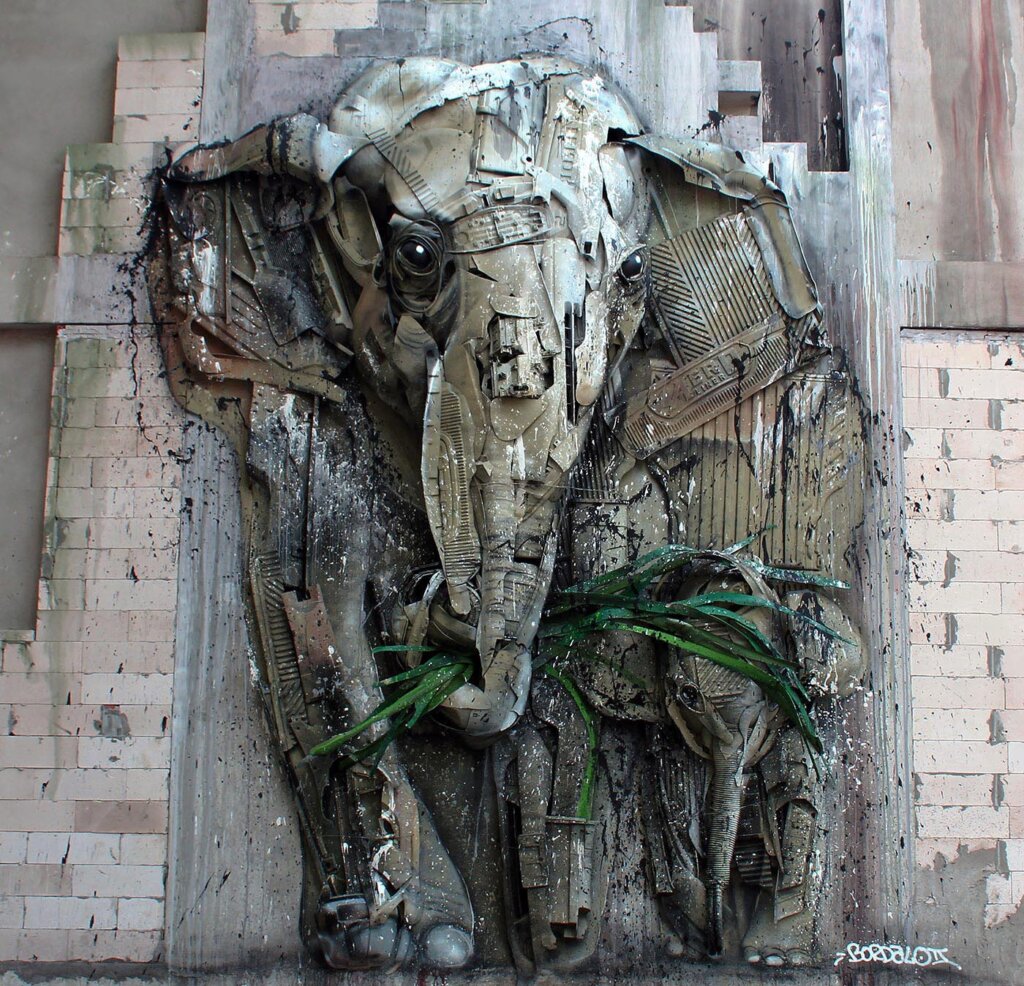
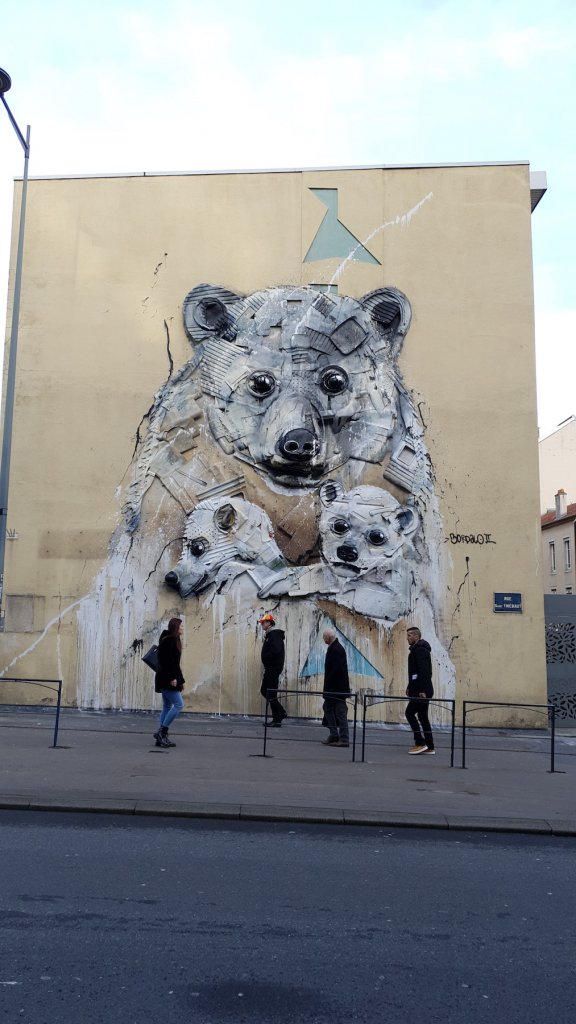
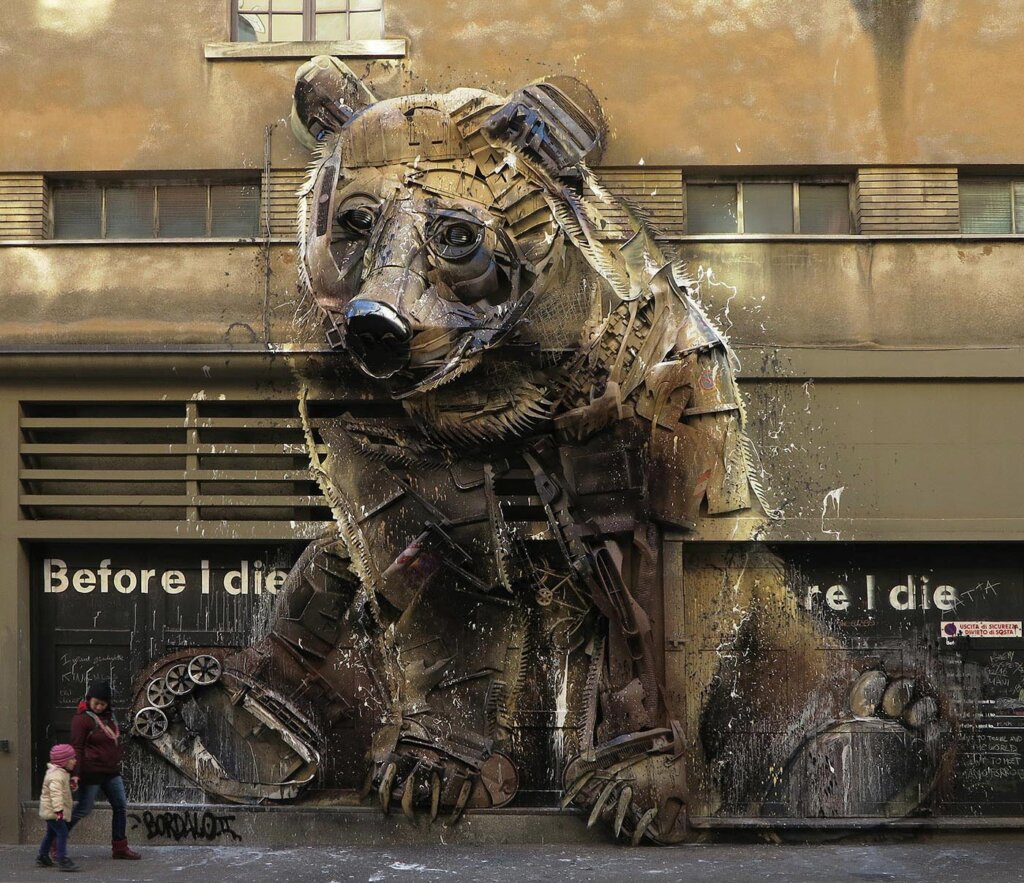
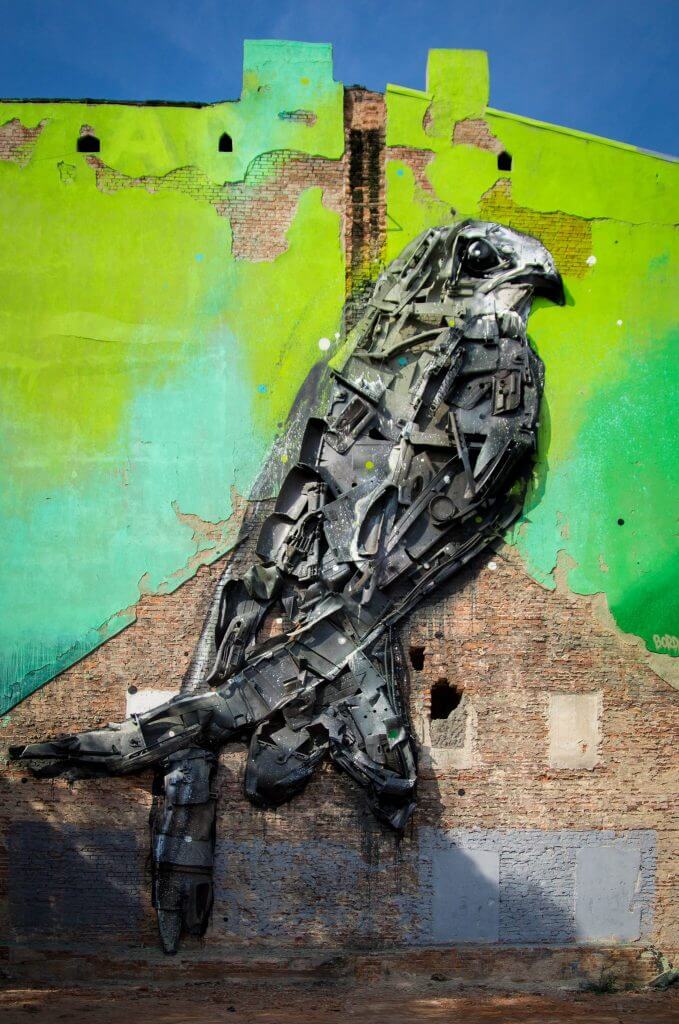
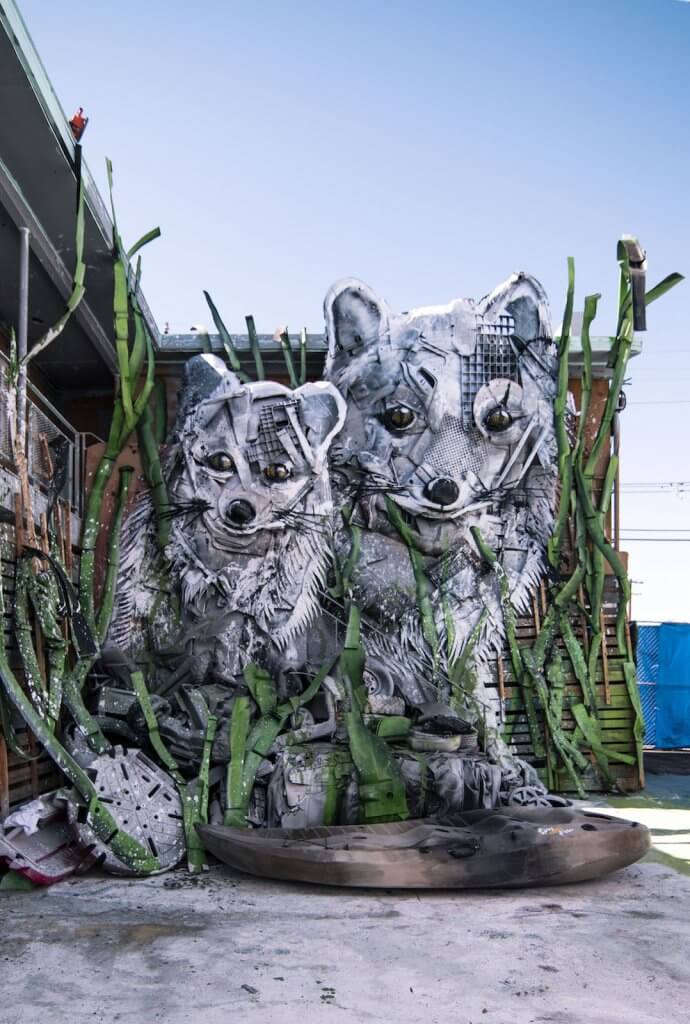
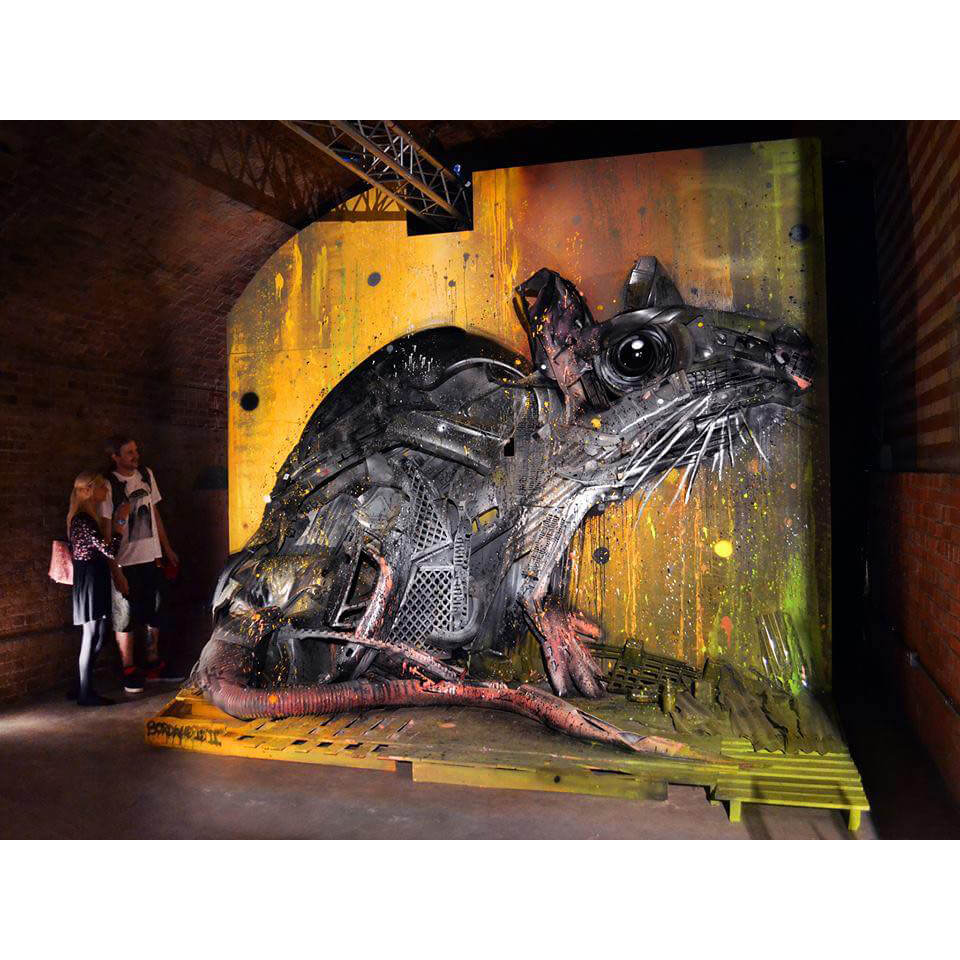
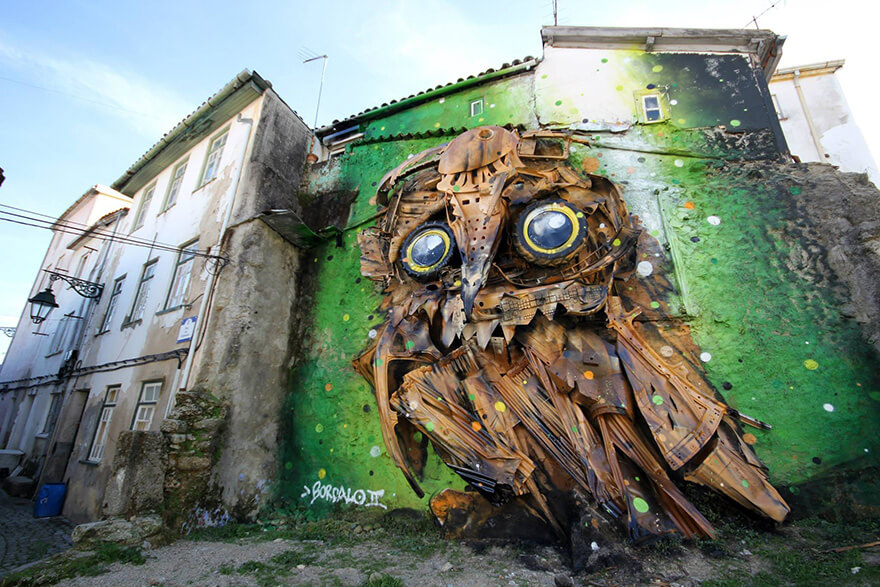
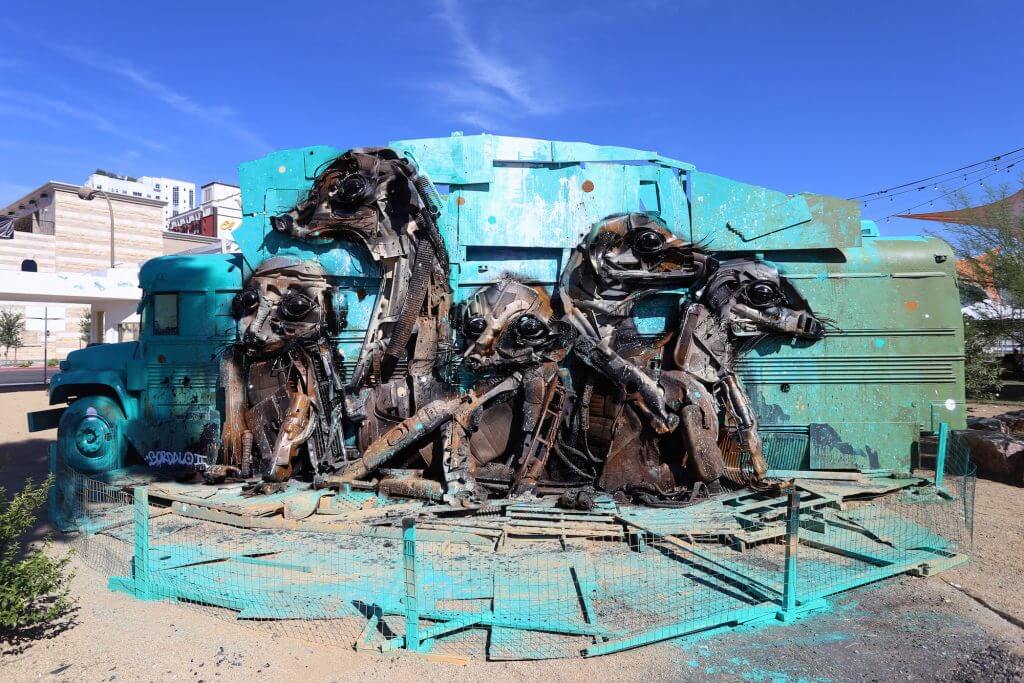
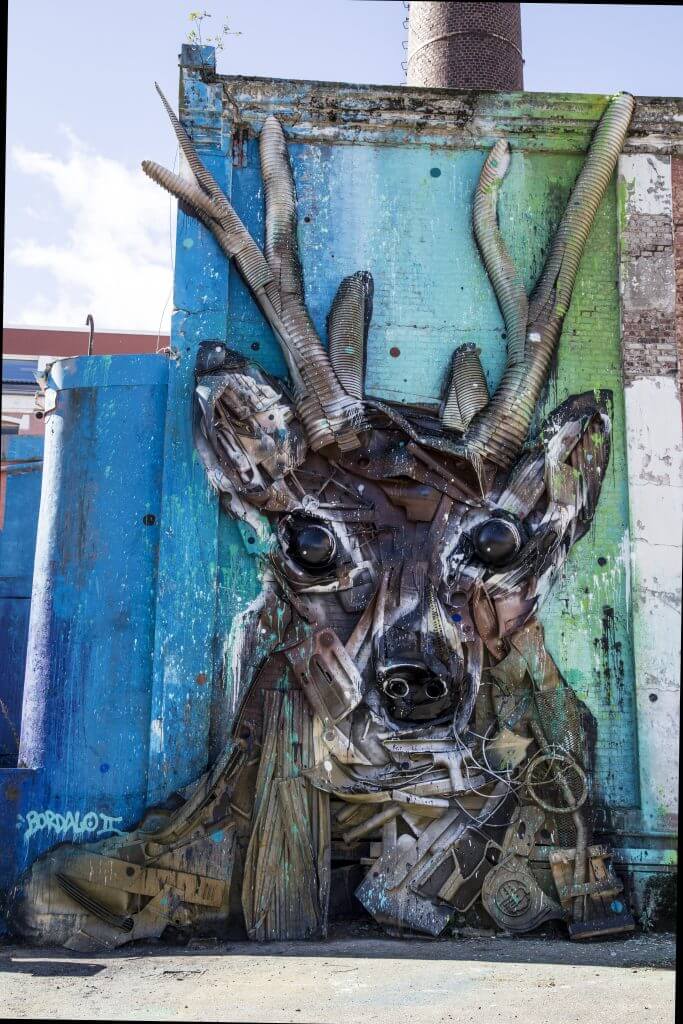
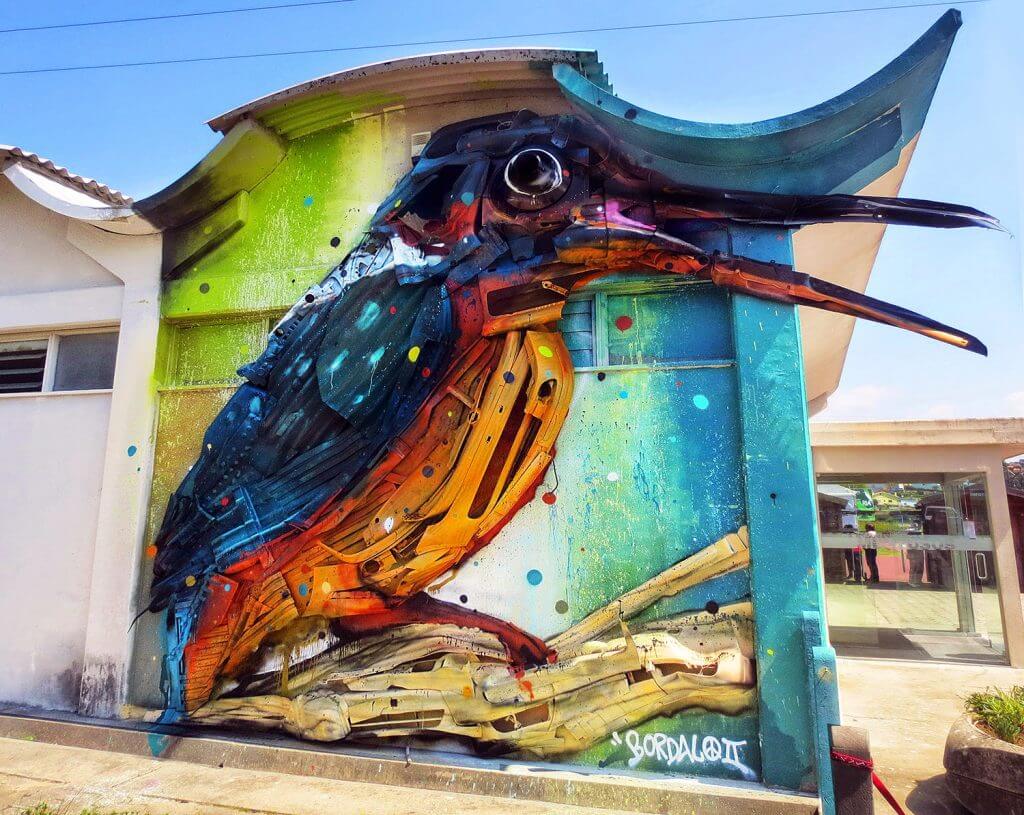
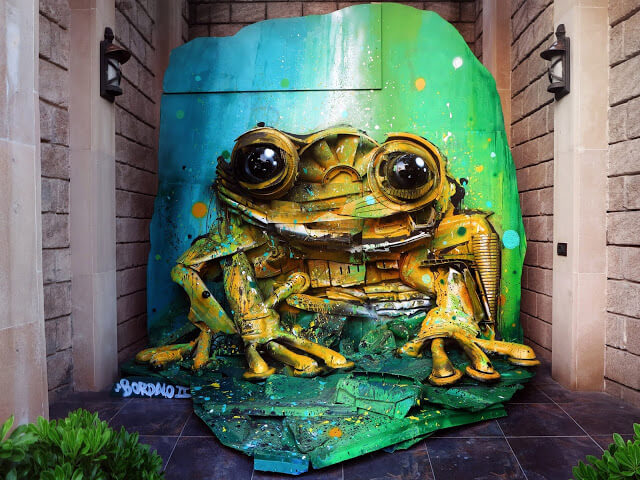
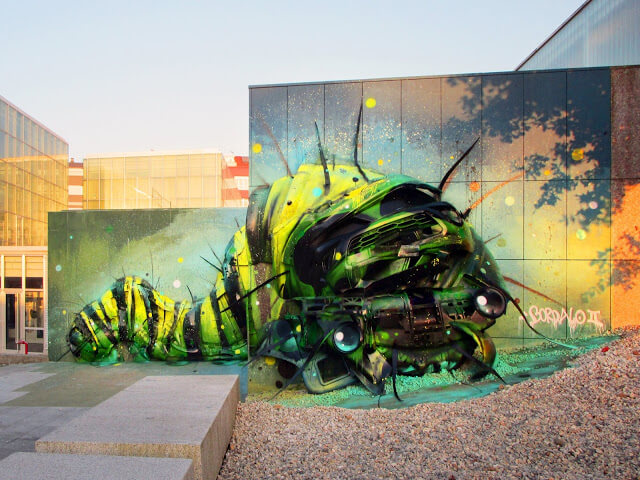
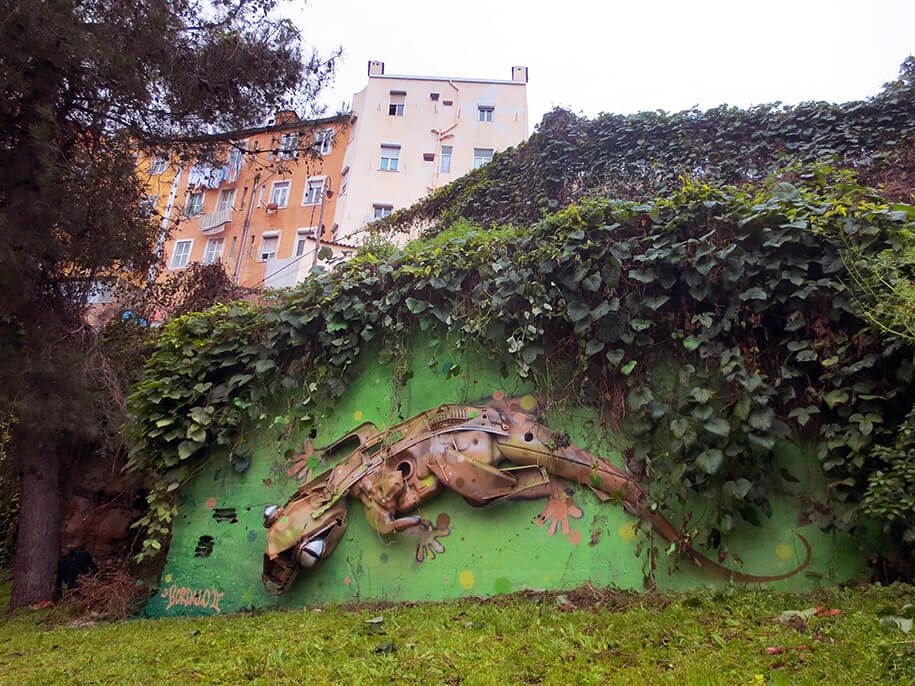
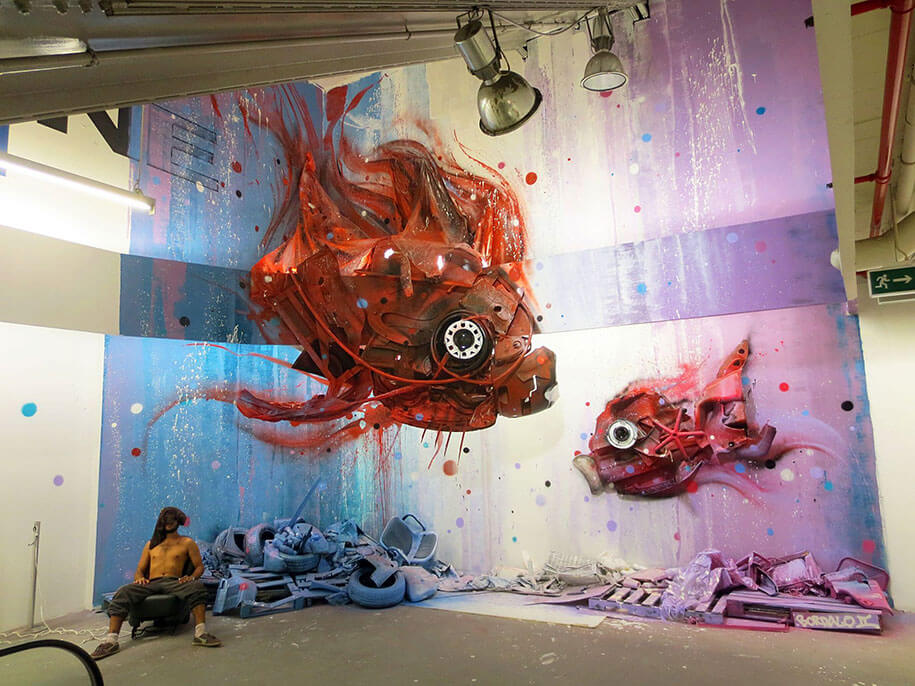
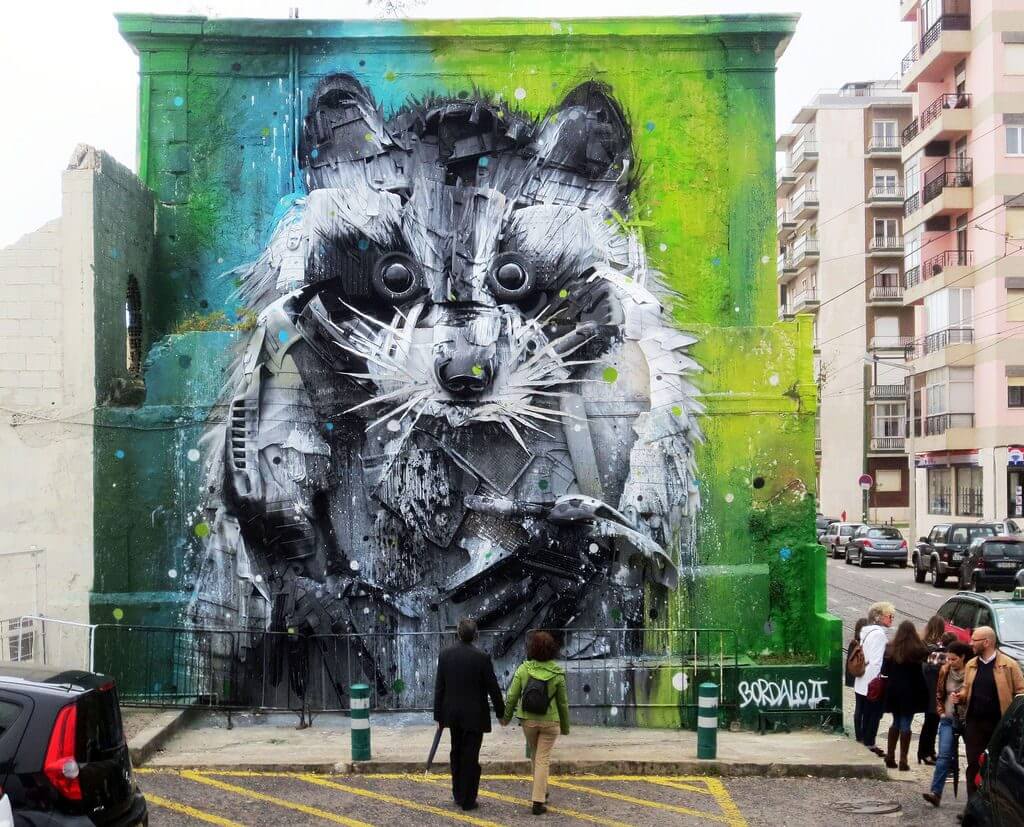
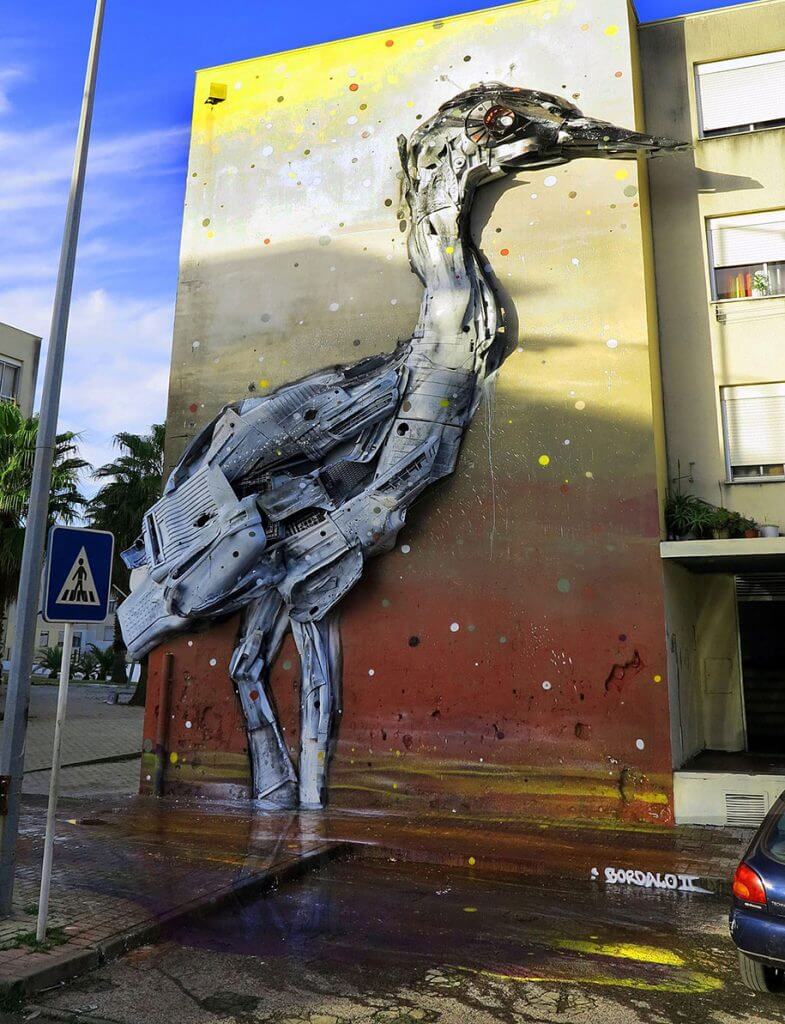
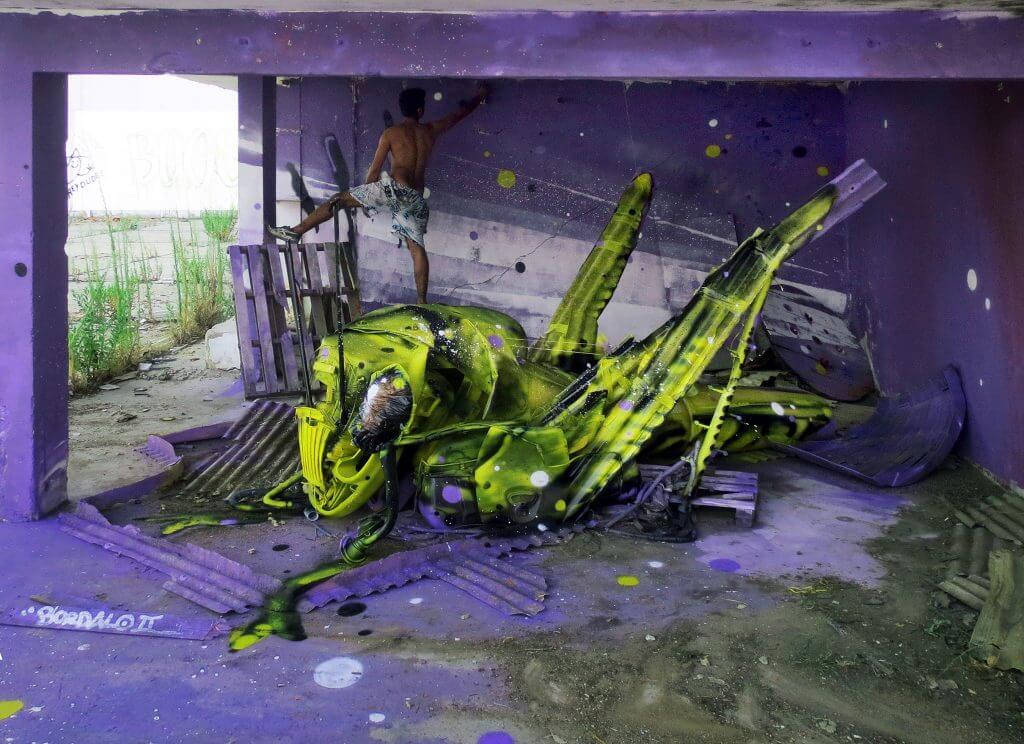
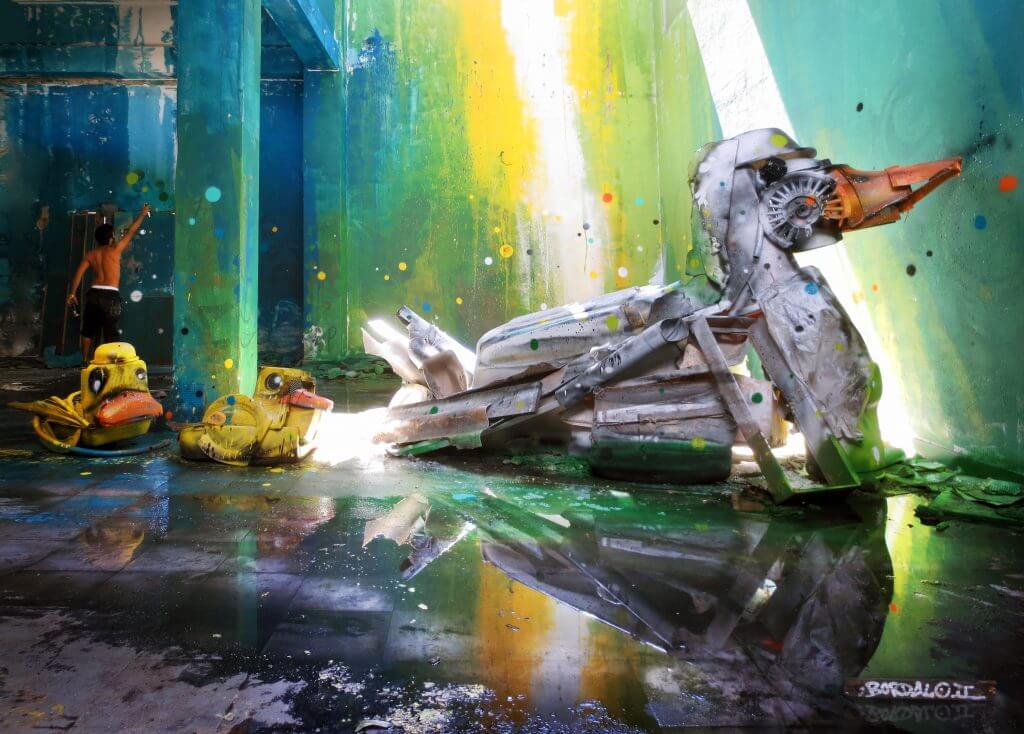
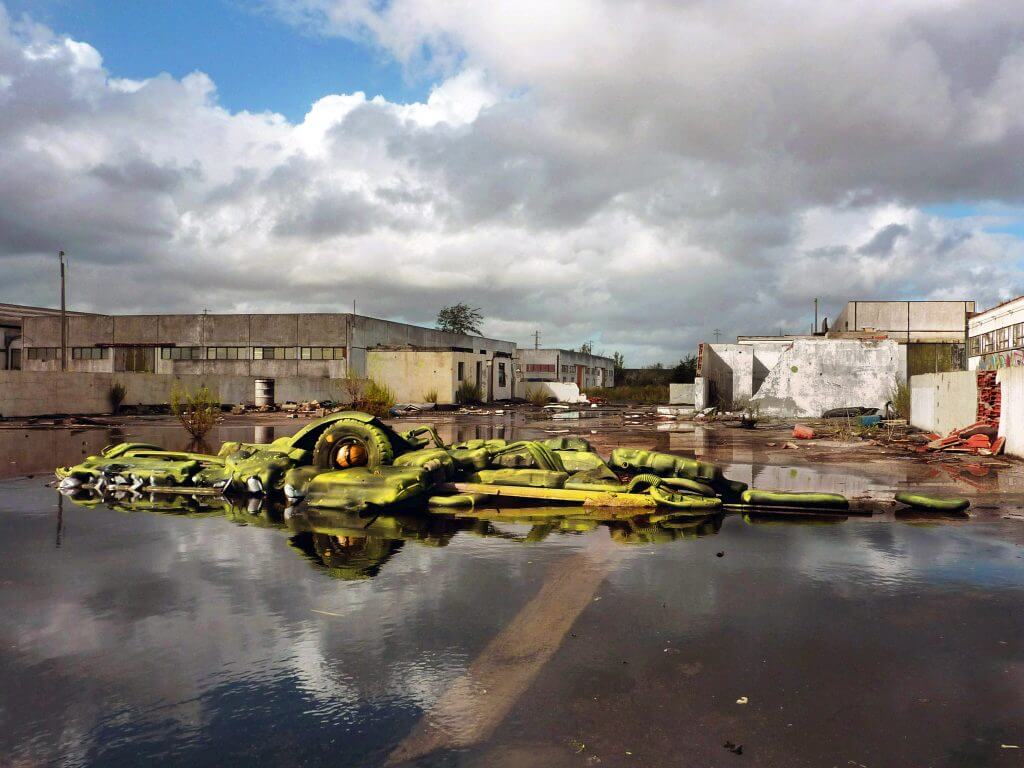
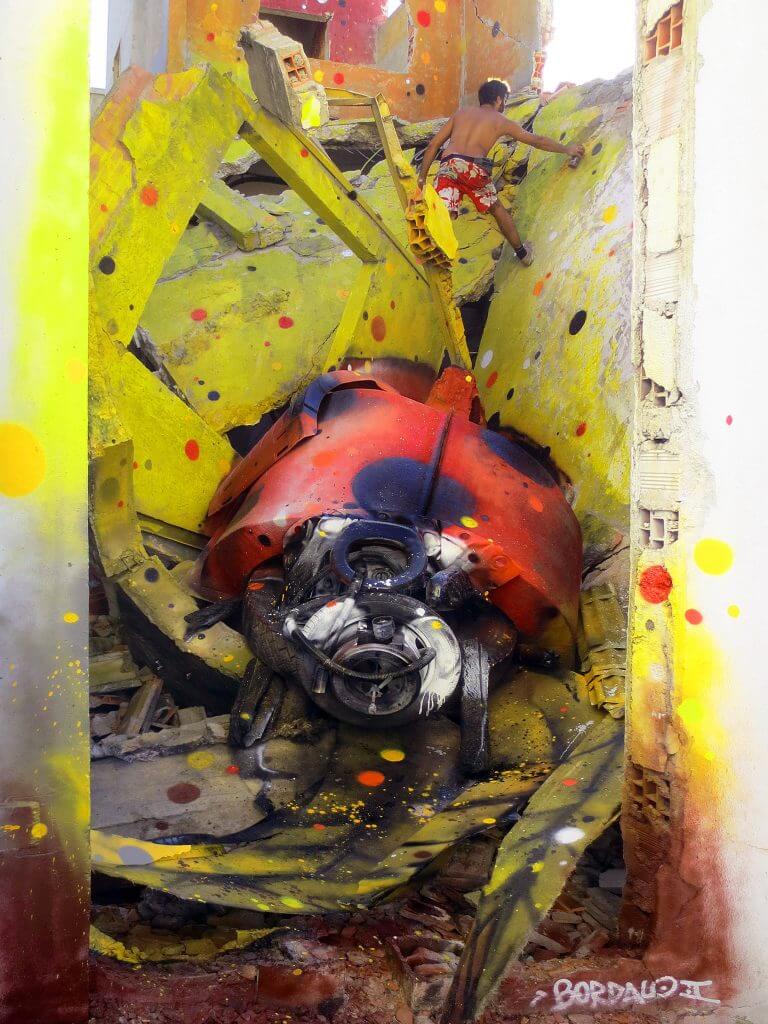
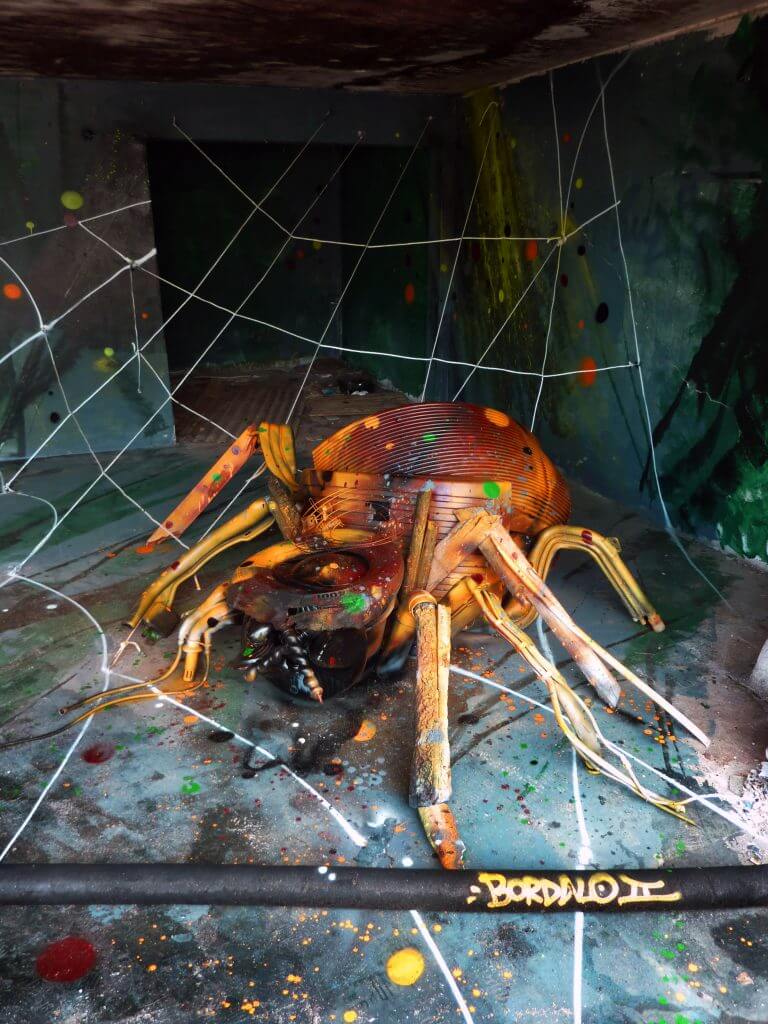
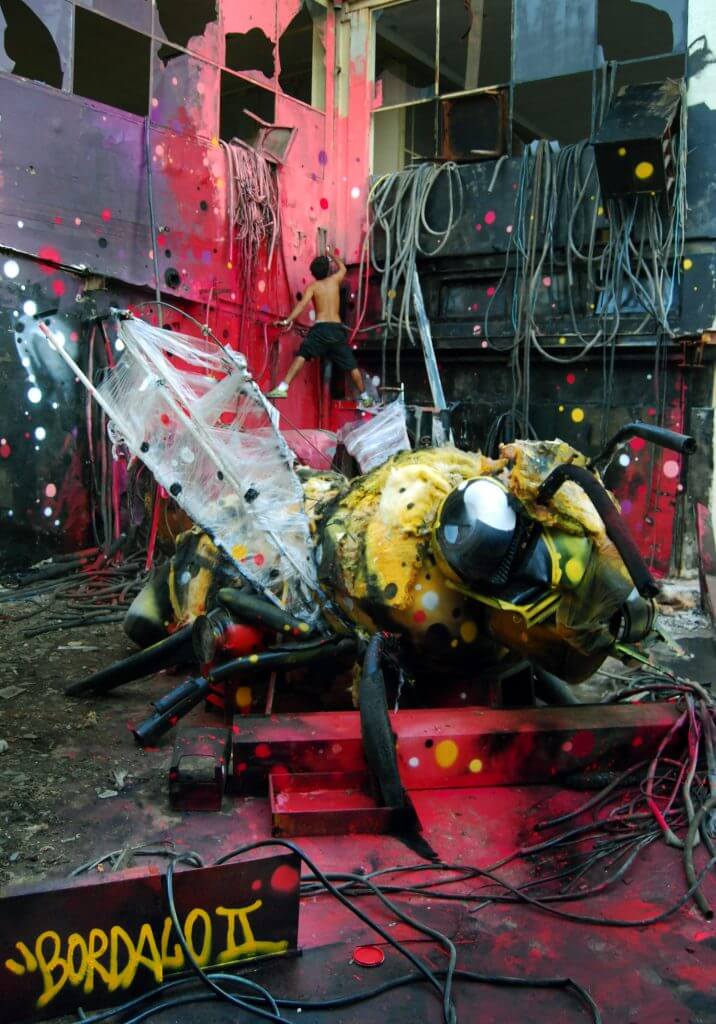
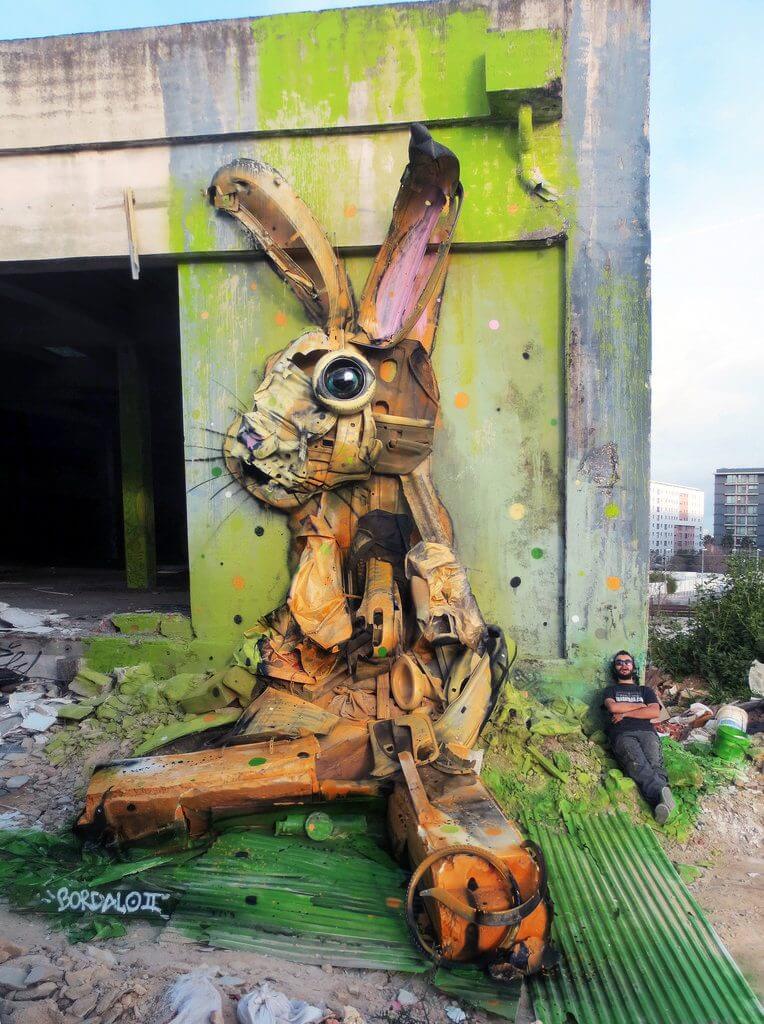

The body of work created by the artist has undergone a remarkable transformation with the emergence of the Half Half subseries, which has taken over from the Neutral subseries in The Big Trash Animals collection. This unique subseries showcases animals that are split in half – one side appears natural and unaltered, while the other side is abstract and created entirely from raw materials that have not been painted. By doing so, the subseries draws attention to the impact of waste on our wildlife and serves as a powerful reminder of the alarming increase in waste production over the years. The Half Half subseries is a striking and thought-provoking addition to the collection, and it highlights Bordalo II’s commitment to raising awareness about environmental issues through his work.
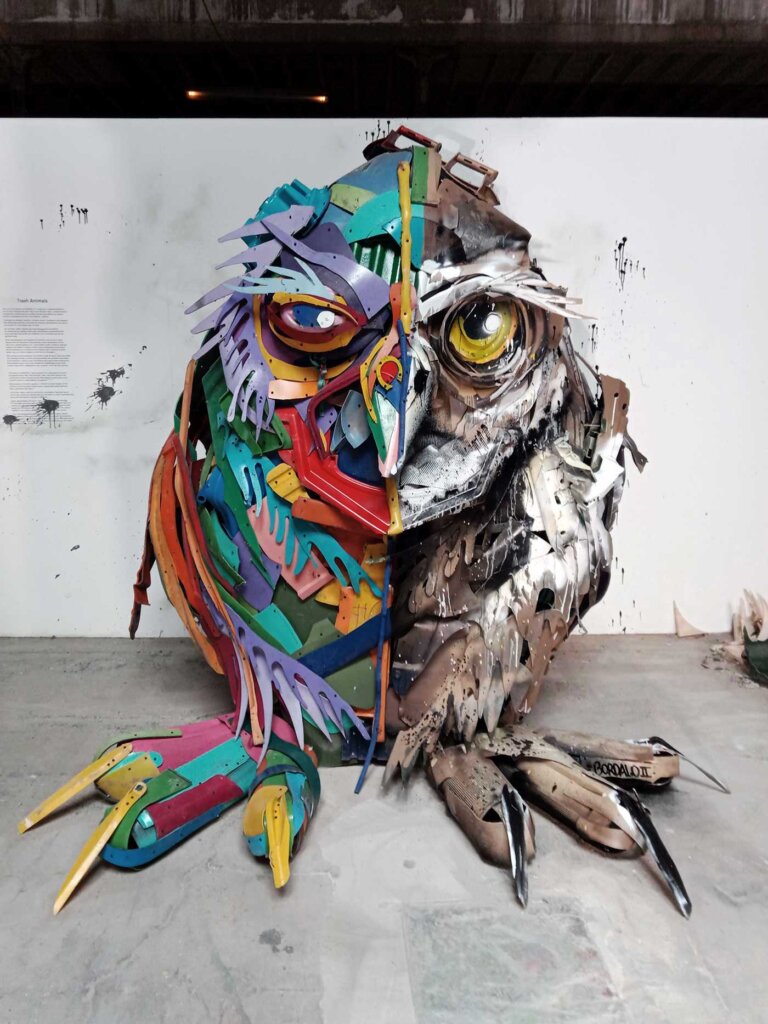
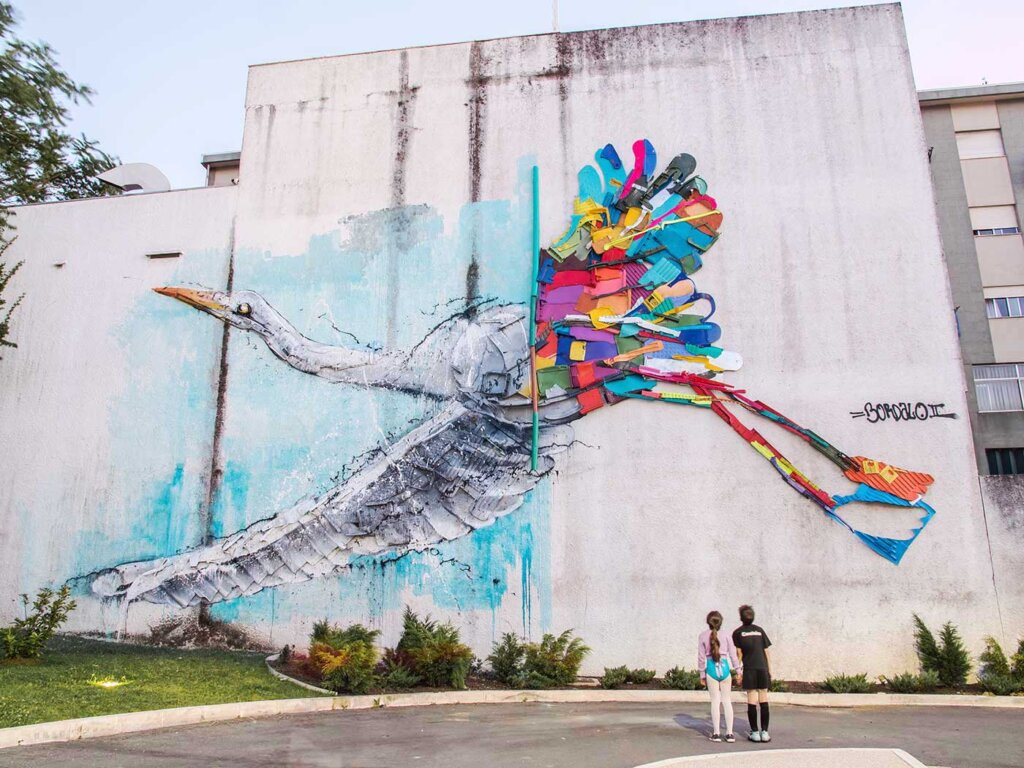
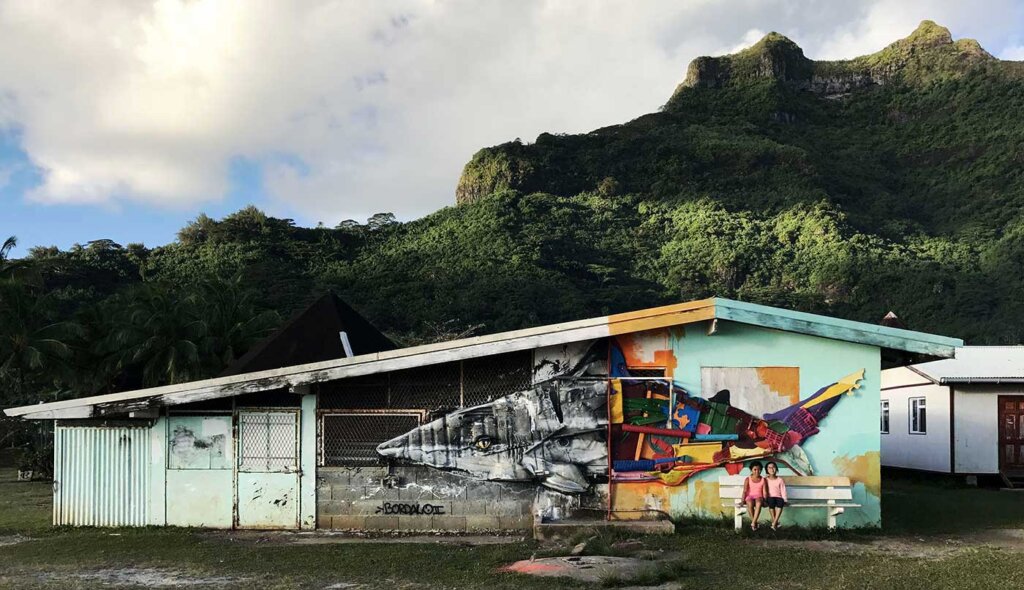
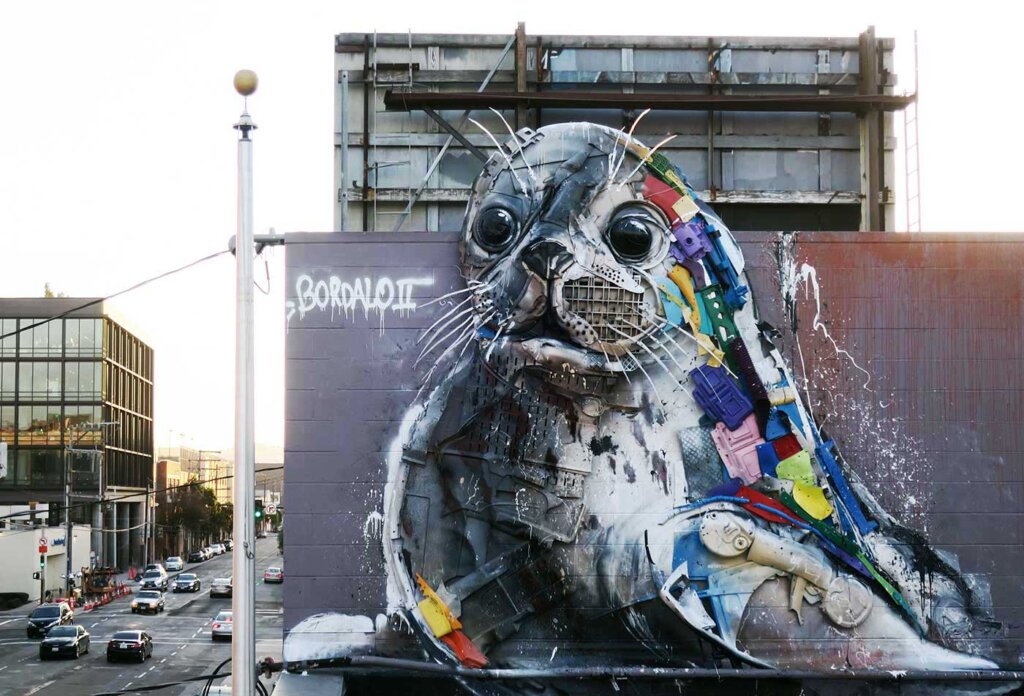
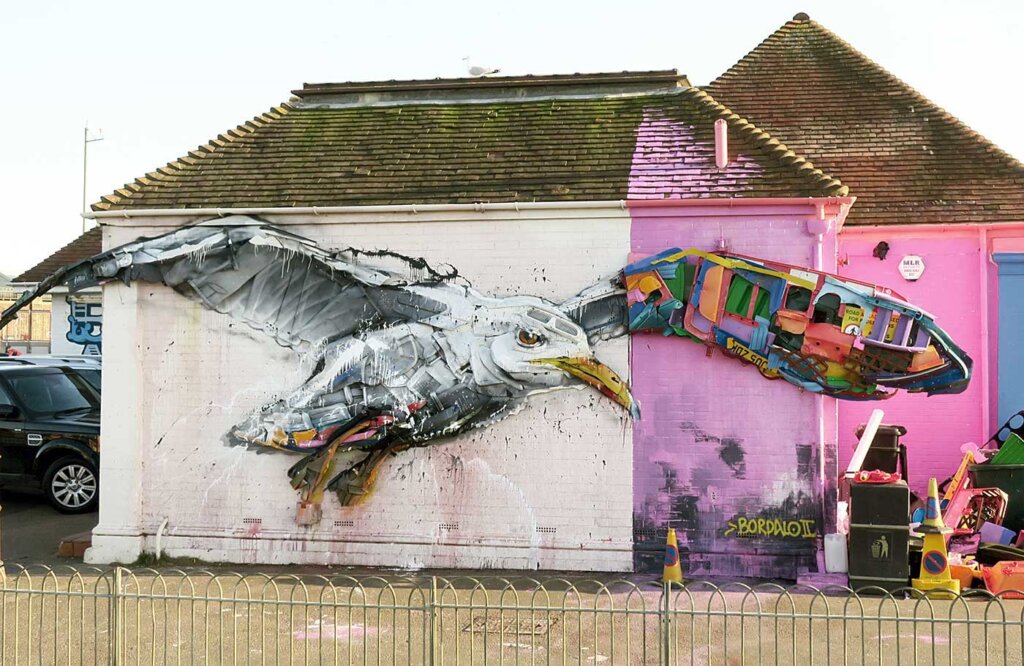
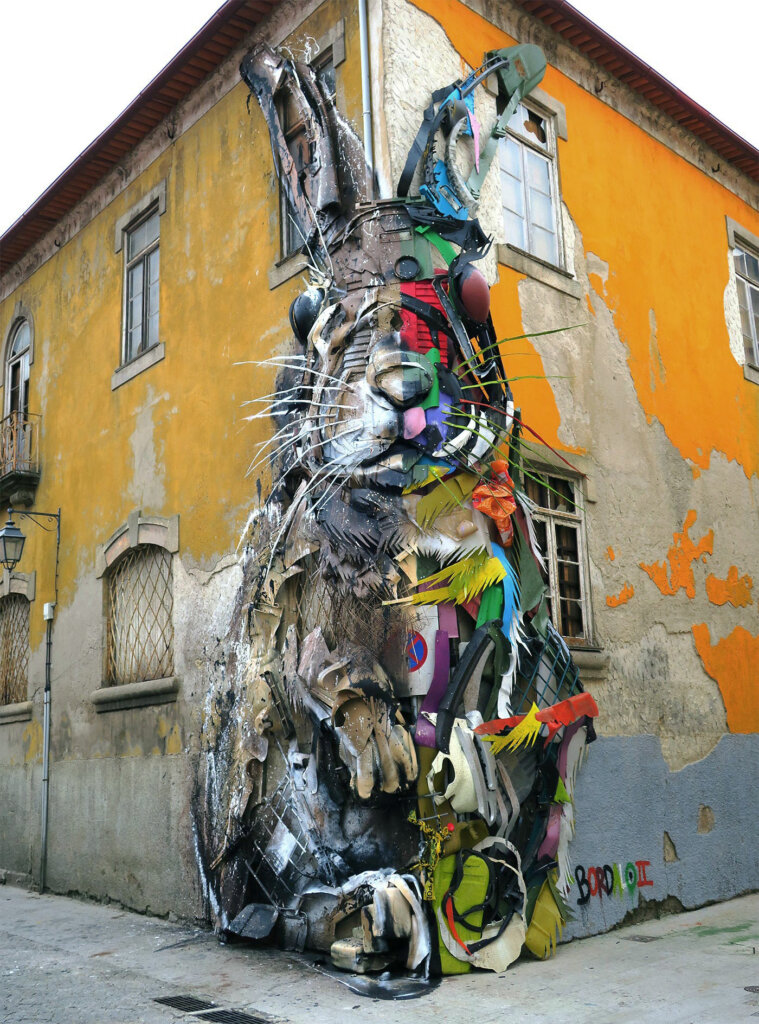
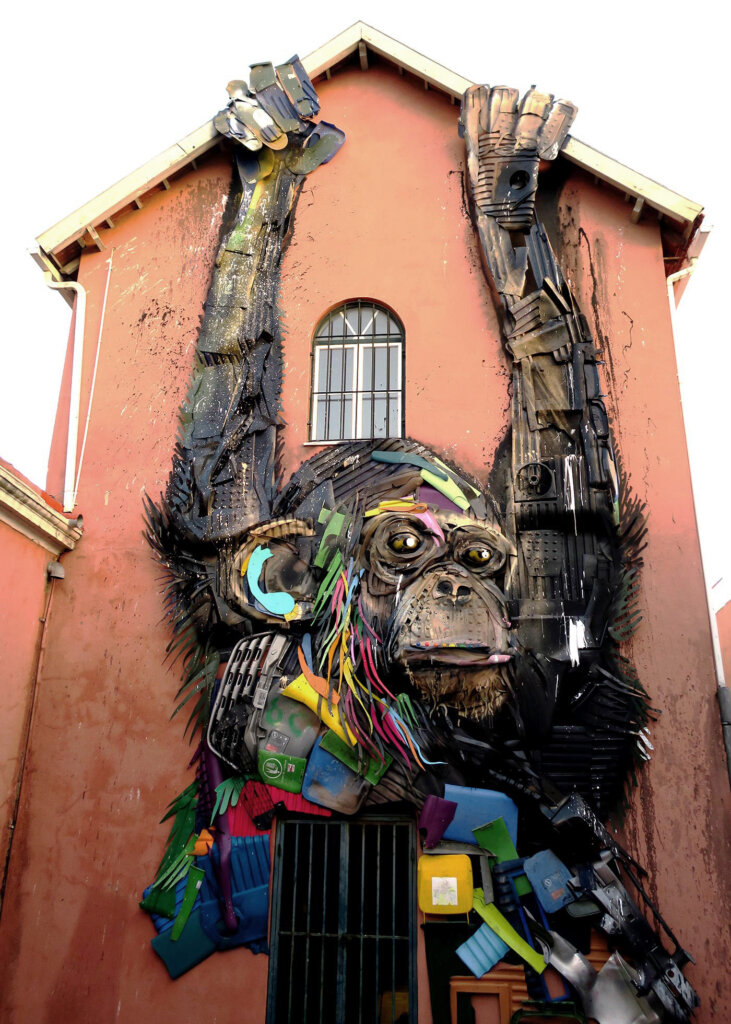
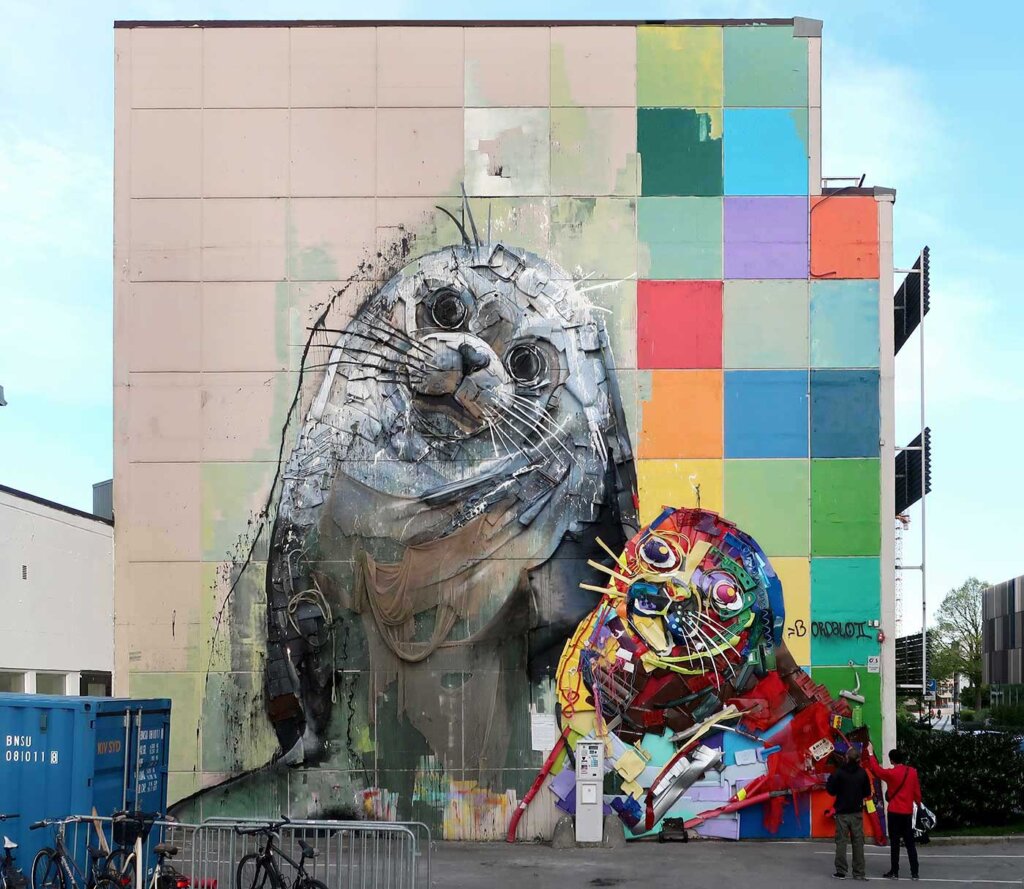
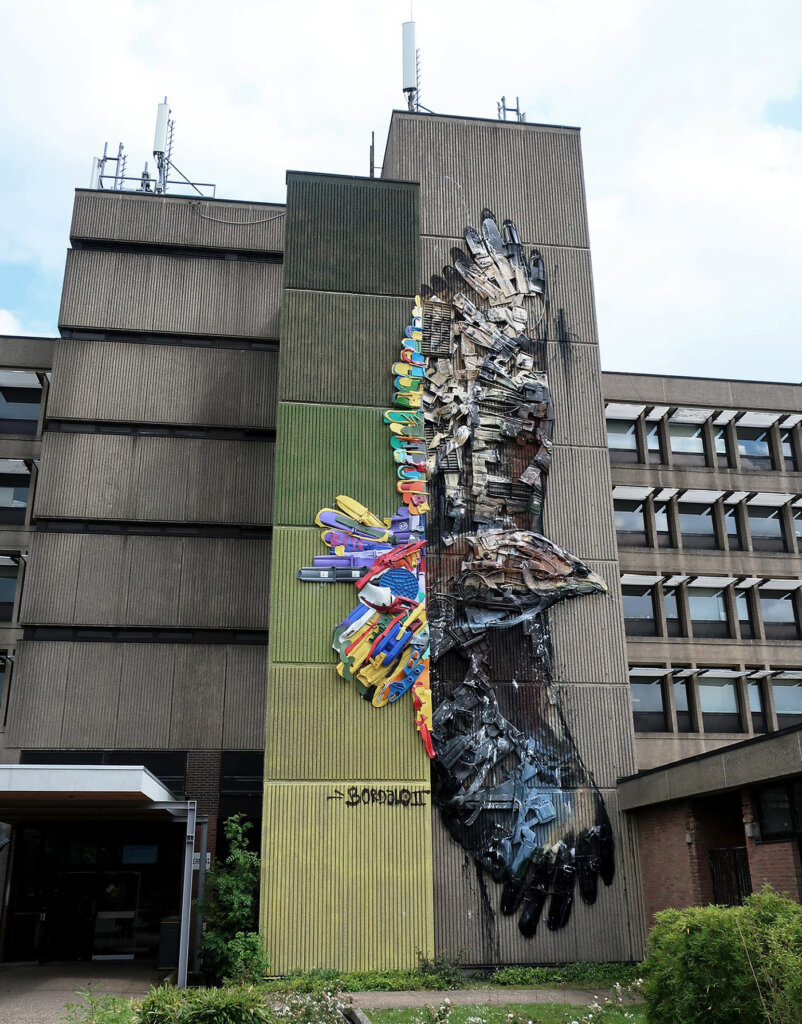
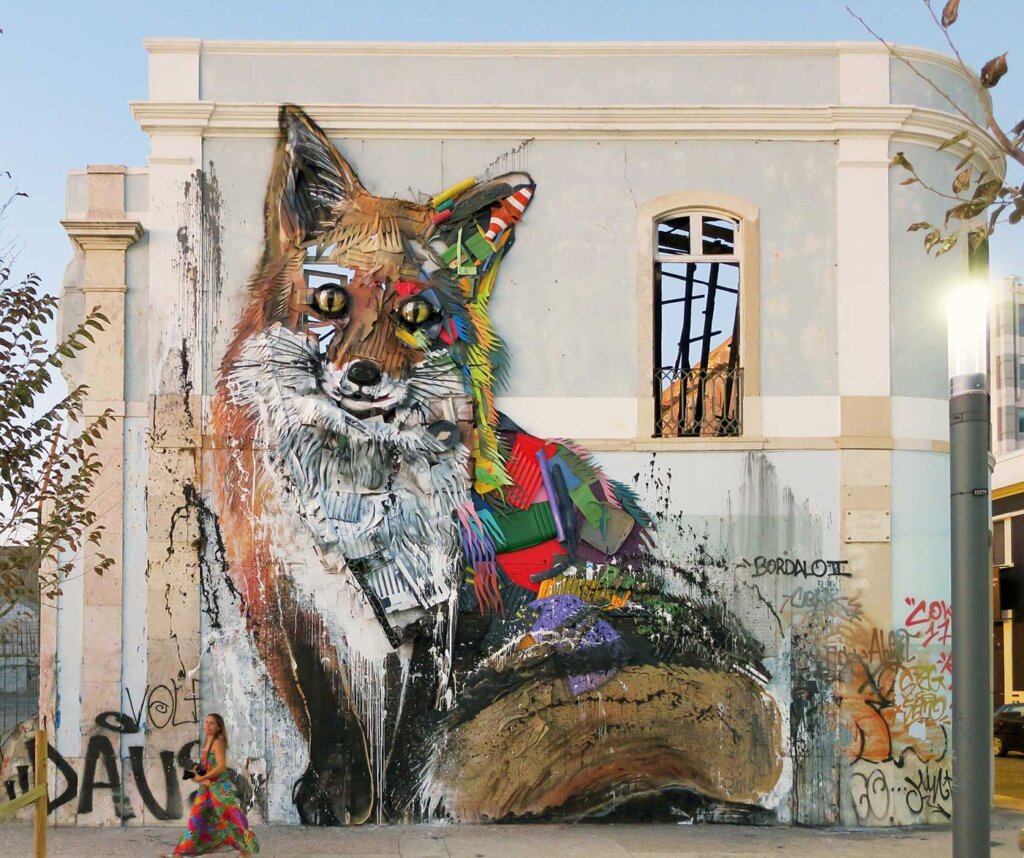
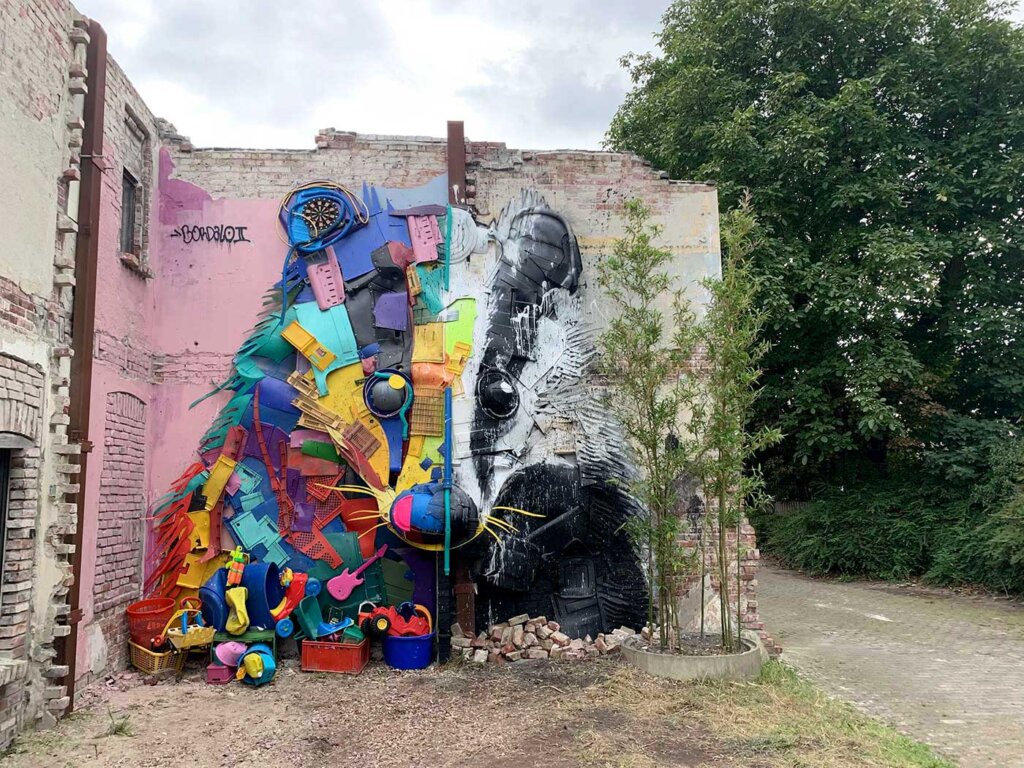
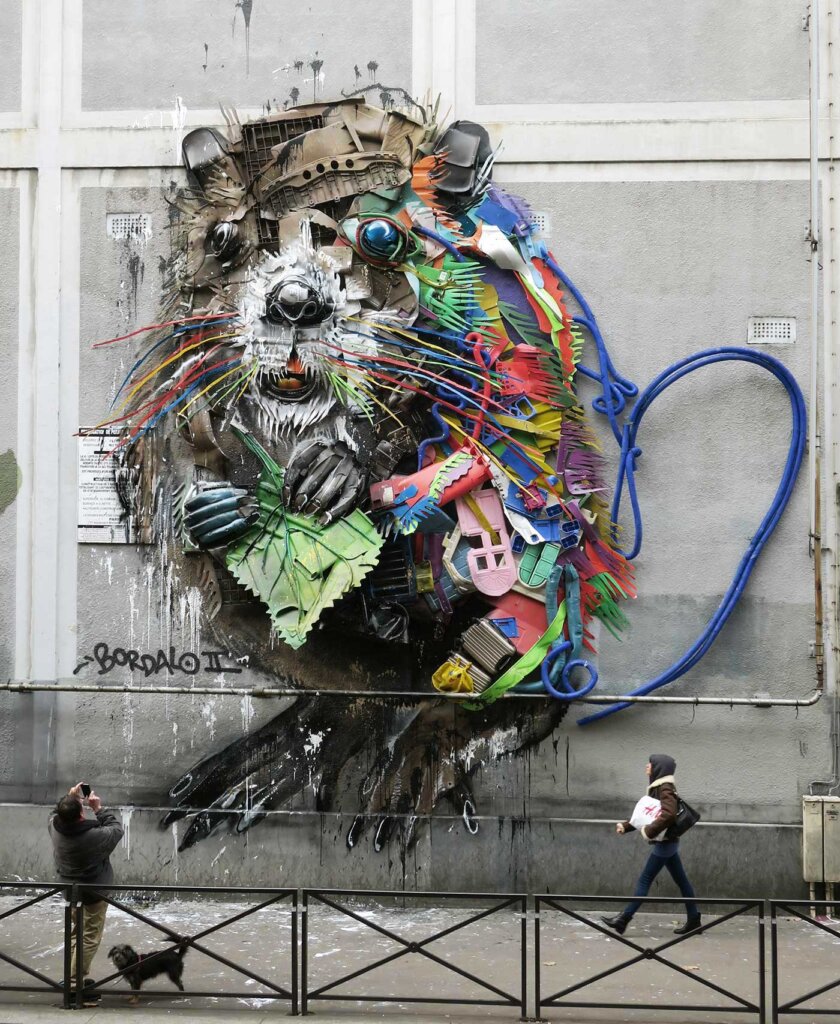
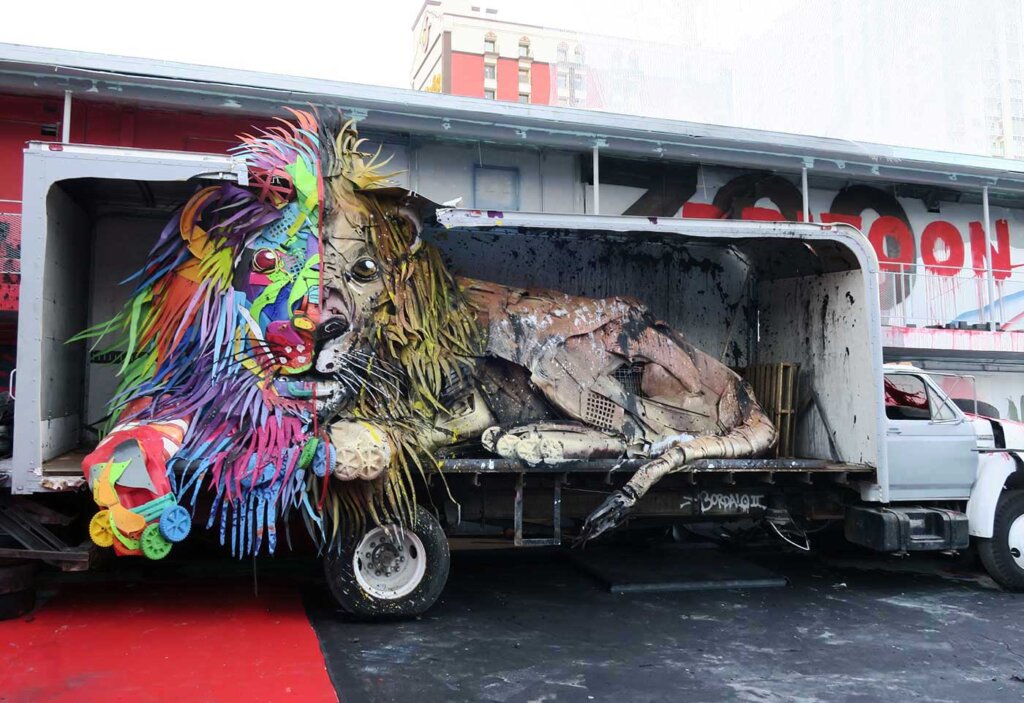

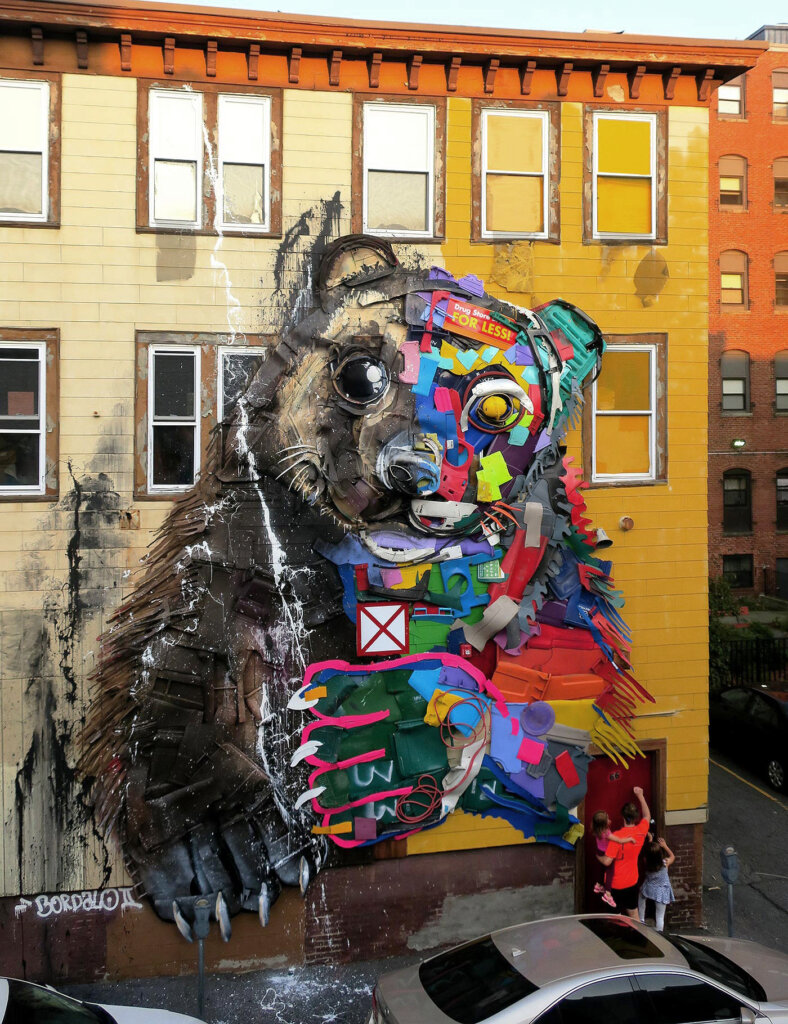
Continuing the series that commenced with Neutral and Half Half, the Plastic Animals collection unveiled its true colours by shedding all camouflage. These pieces are crafted from a range of raw materials, including discarded plastics, to create a striking series that serves as a poignant reminder of the devastating impact that waste pollution has on our planet. This particular subseries delivers a powerful message about the extinction of various animal species, drawing attention to the pressing need for change in how we treat our environment.
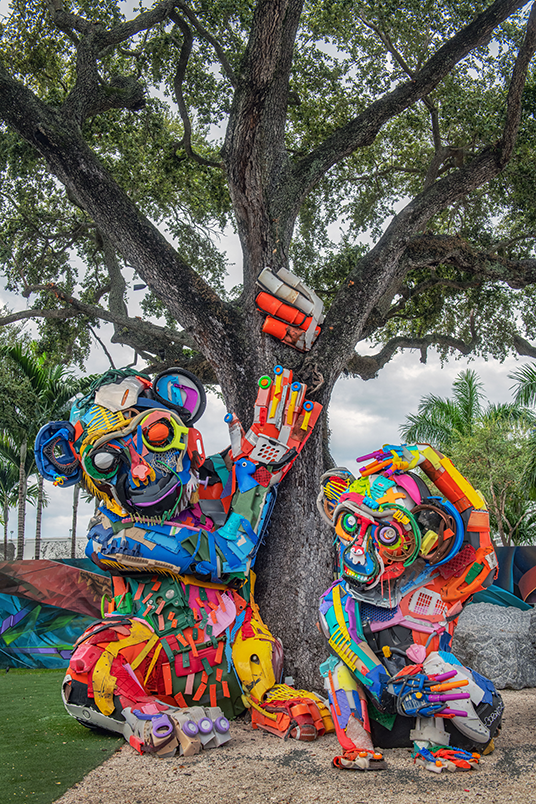
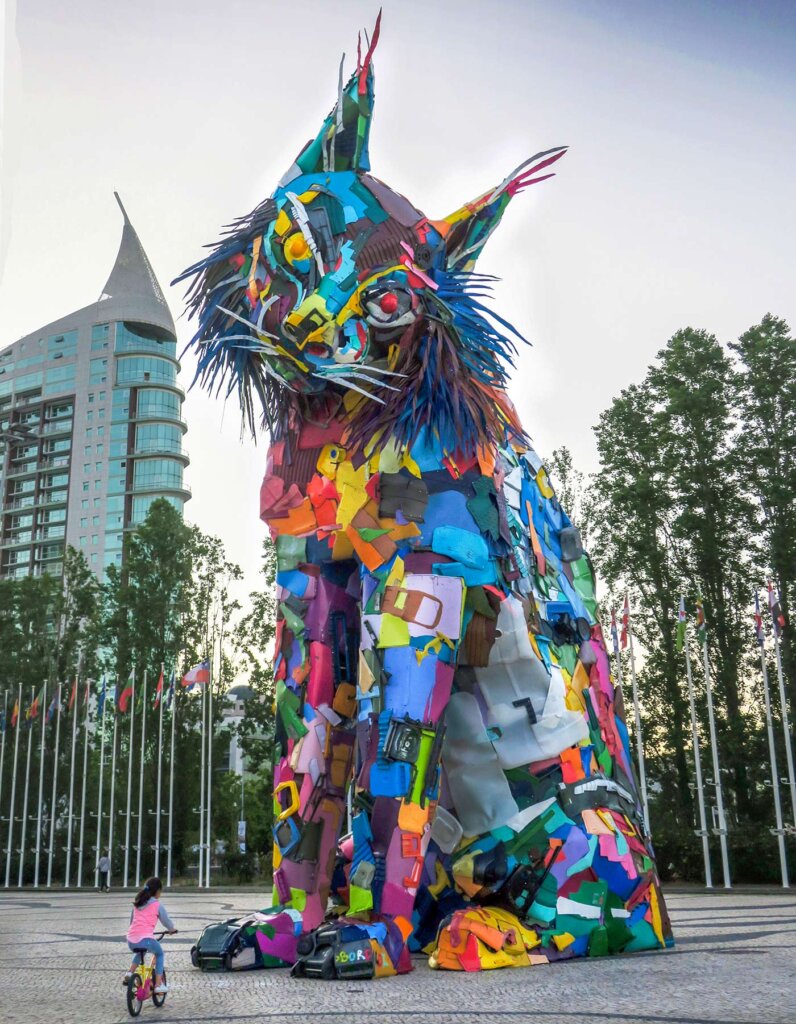
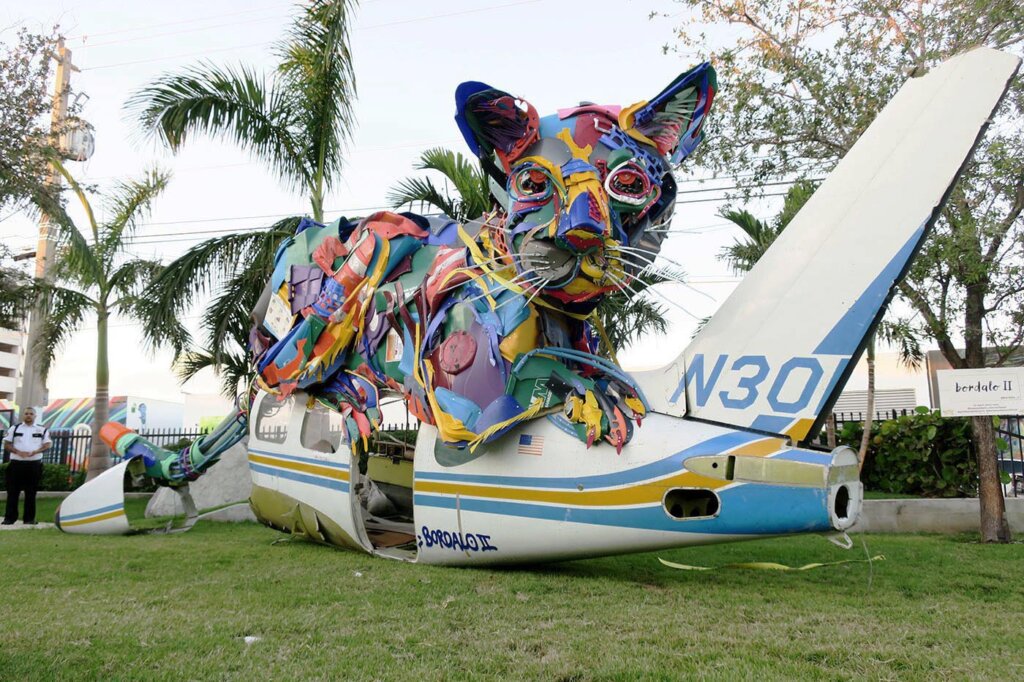
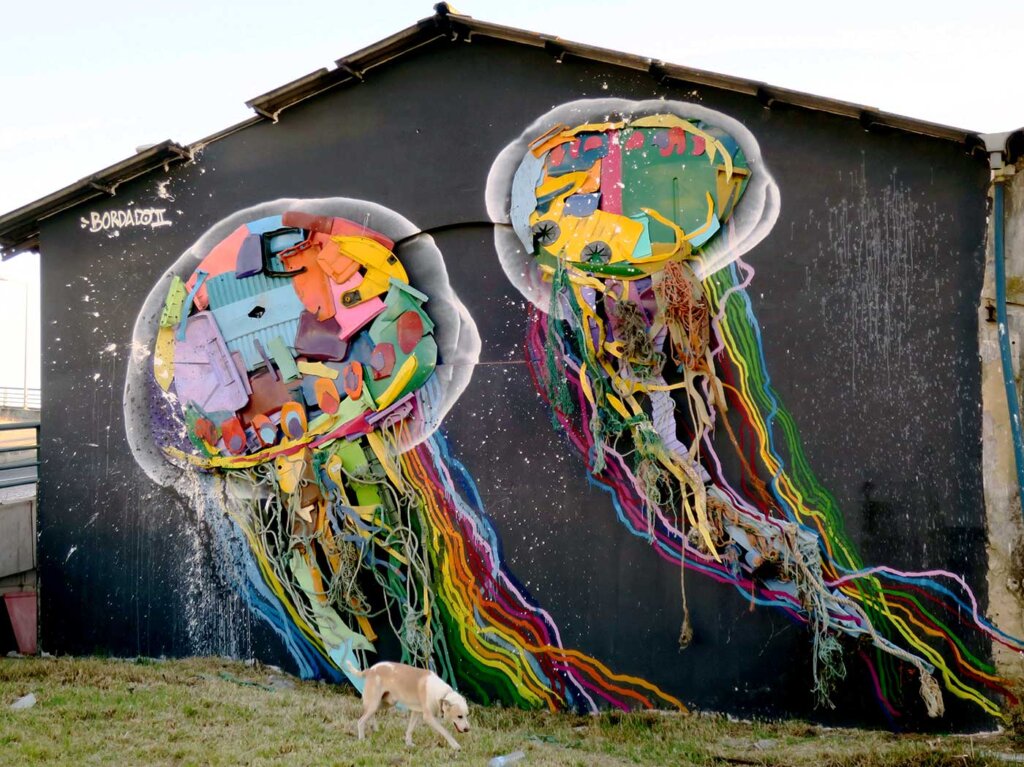
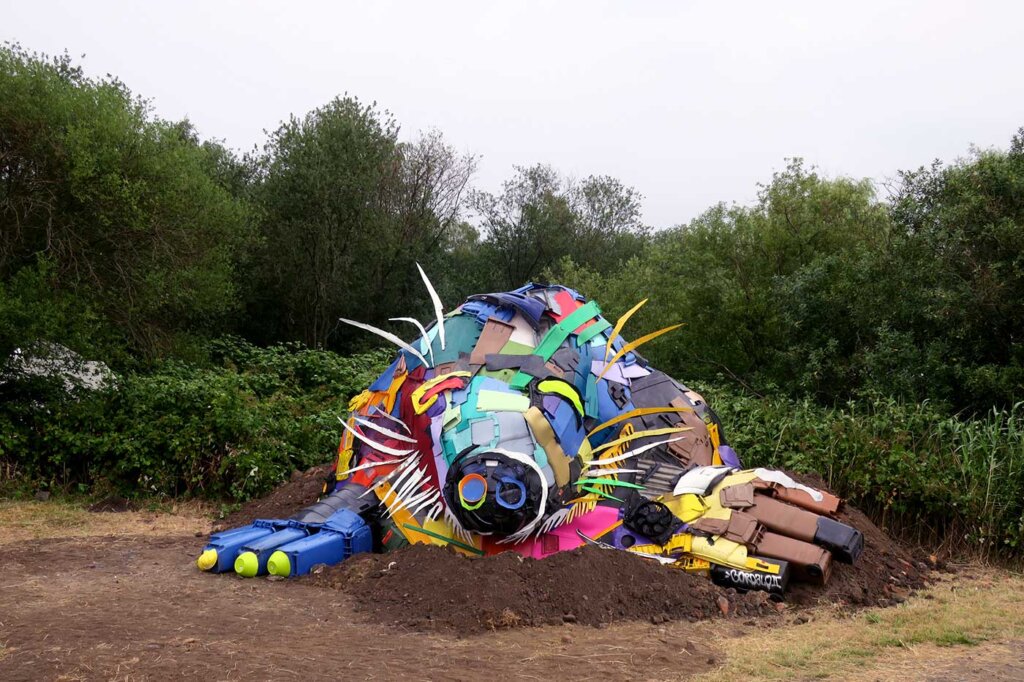


The Big Trash Animals collection has been meticulously crafted by Bordalo II, a visionary artist with the noble purpose of fostering a profound emotional attachment between the viewer and the trash masterpieces. The overarching goal of this artistic endeavour was to prompt introspection about our actions regarding waste production and disposal and to ignite a spark of inspiration that would catalyse a more conscious movement.
Photo Credit Trash King Bordalo ii